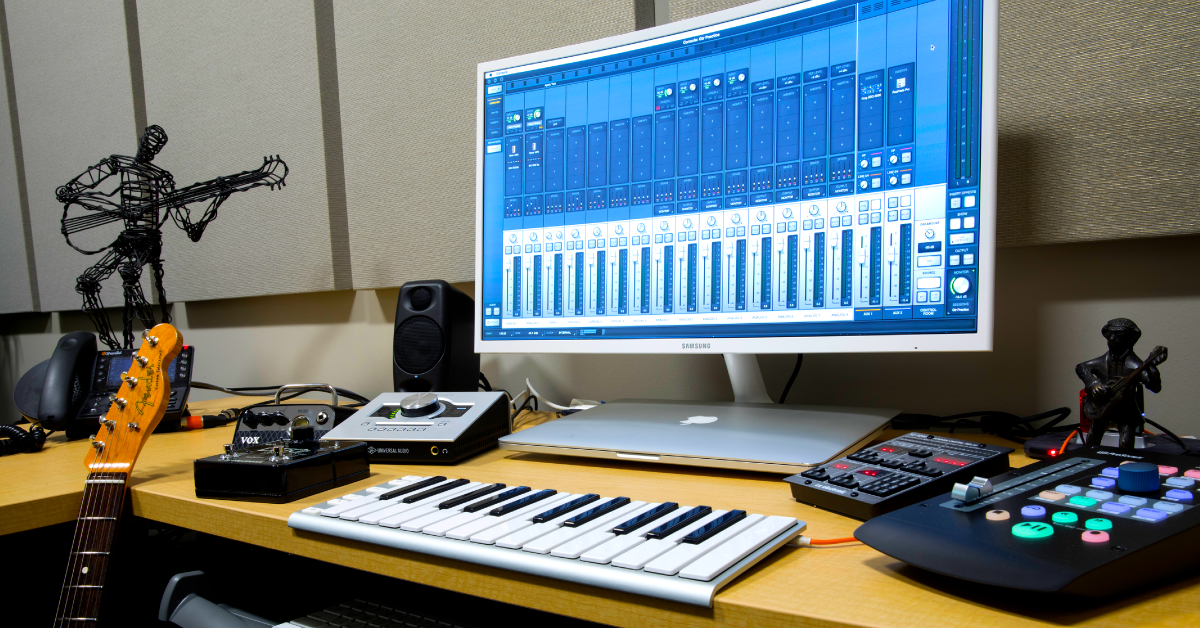Streaming has become the most popular way to watch TV shows, movies, live sports, and more. However, many people still face restrictions when using traditional services. Limited compatibility, expensive setups, and complex installations can make the experience frustrating. IPTV solves these problems by offering a smooth and flexible way to enjoy content. Whether you are on a smart TV, laptop, tablet, or phone, IPTV ensures easy access without technical hassle. It puts you in control and fits into your lifestyle, not the other way around.
What Makes IPTV So Effortless?
IPTV, or Internet Protocol Television, delivers content through the internet instead of traditional broadcast or cable systems. This makes it simple to connect and stream on nearly any device that supports internet access. No satellite dishes, no long wires just a stable internet connection and a compatible screen.
Here’s why IPTV is easy to use:
- No bulky equipment required
Most services only need an app or web browser to start streaming.
- Quick setup
Connect, log in, and begin watching. No technician visits or complicated instructions.

- Works across devices
IPTV works seamlessly on smartphones, smart TVs, tablets, laptops, desktops, and even game consoles.
Stream Anytime, Anywhere
IPTV is not tied to a specific location or television set. You can watch your favorite programs on the go or from the comfort of your couch. The same account often works across multiple devices, allowing for easy switching.
Key advantages include:
- Portable entertainment
Stream while traveling, commuting, or during breaks IPTV moves with you.
- No schedule limitations
Watch live or catch up on missed content whenever you want.
- Multiple users
Many IPTV samsungiptv platforms support more than one stream at a time, so the whole family can enjoy what they like.
Easy Navigation and Control
IPTV platforms usually offer user-friendly interfaces. With features like search, pause, rewind, and playlists, you can control your viewing experience fully.
Benefits of this include:
- Custom viewing
Choose what to watch without flipping channels endlessly.
- On-demand content
Access libraries of shows, films, and replays anytime.
- Interactive features
Some services offer features like program guides, subtitles, or customizable settings.
Cost-Effective and Convenient
IPTV is generally more affordable than traditional cable or satellite services. It removes the need for renting set-top boxes or dealing with service bundles you do not use.
Cost-related advantages:
- No hidden charges
Pay only for what you choose, and skip unwanted channels or features.
- No long-term contracts
Most IPTV services let you start or stop anytime.
Conclusion
IPTV makes watching your favorite content simple and accessible. With easy setup, device compatibility, flexible viewing options, and user control, it is a complete upgrade from traditional methods. Whether you are at home or on the move, IPTV lets you stream your way, without limits. Say hello to a better, smoother, and more convenient entertainment experience.








